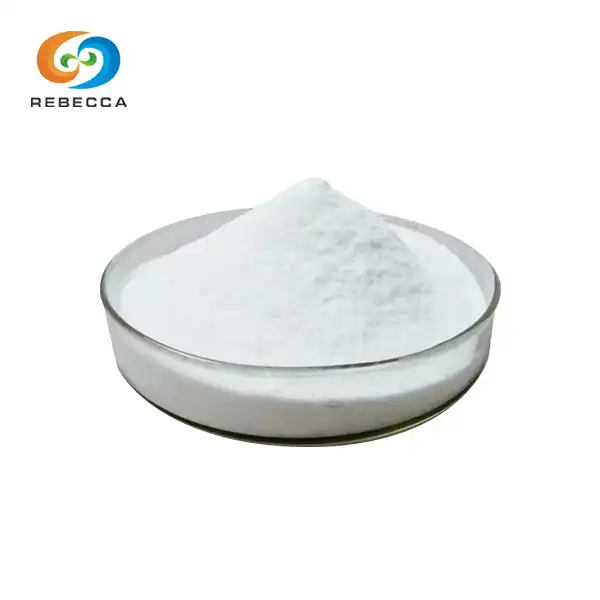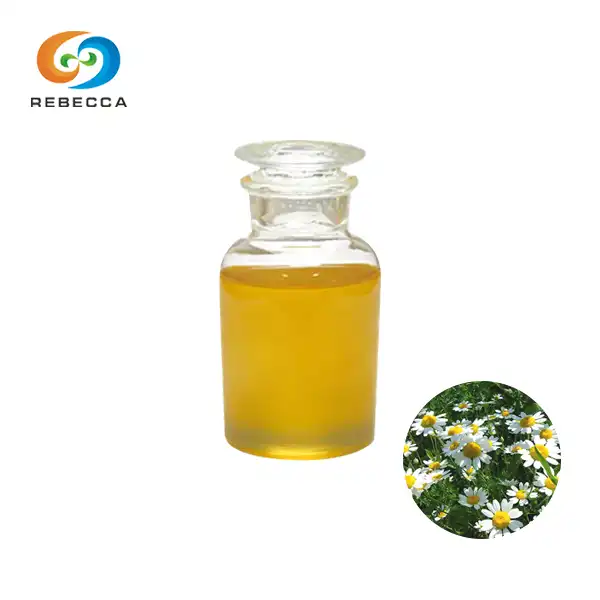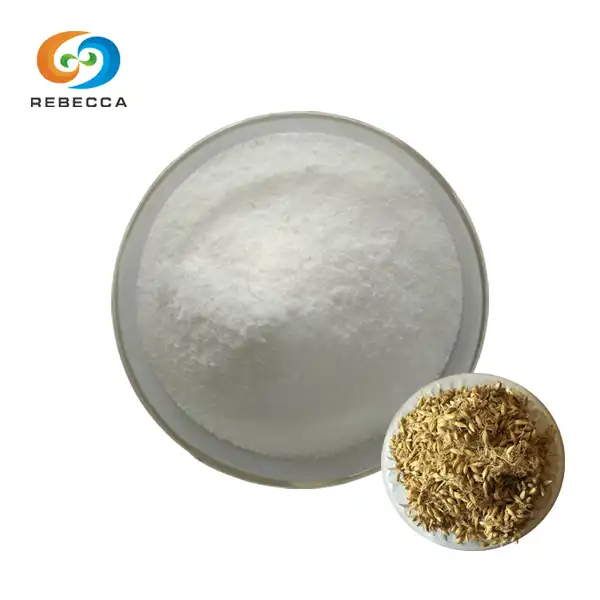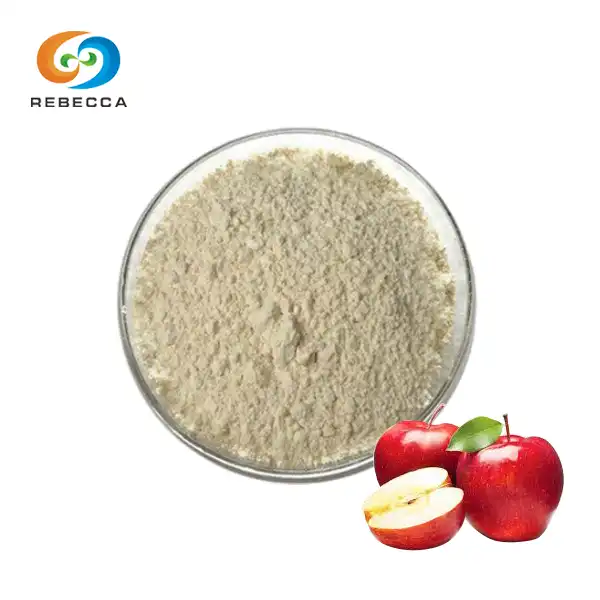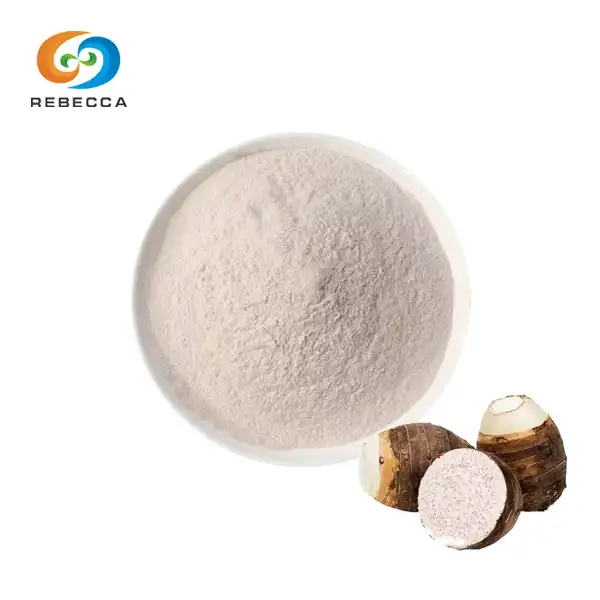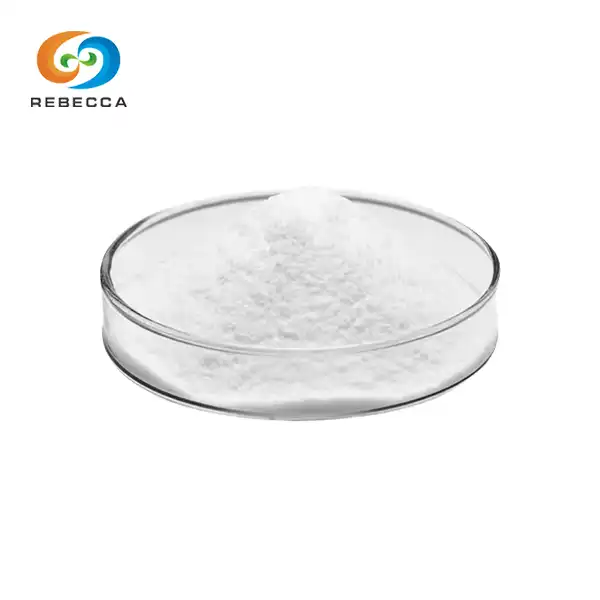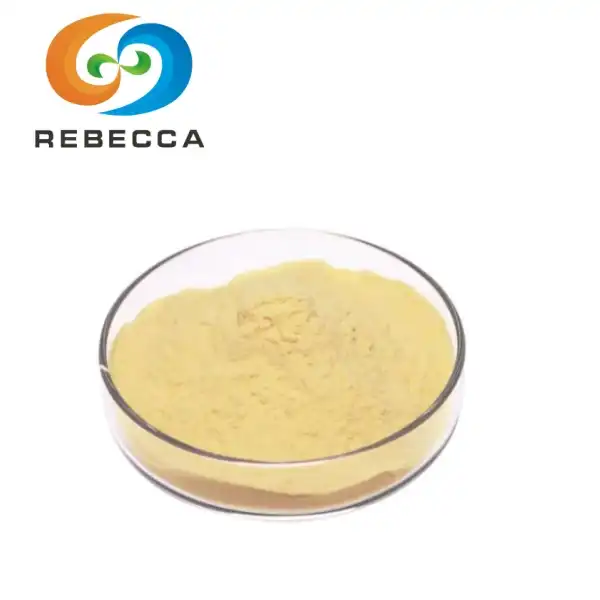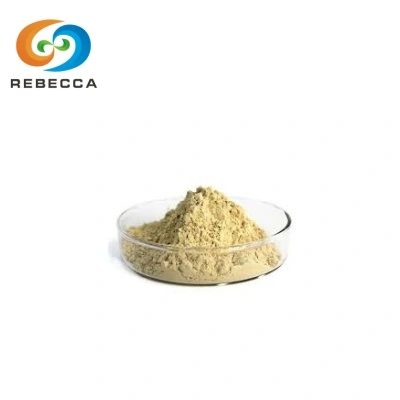Where does glabridin originate from?
Glabridin, a fascinating compound with numerous potential health benefits, has gained significant attention in recent years. This article delves into the origins of glabridin, its primary source, the extraction process, and the sustainability of its production. Whether you're a researcher, health enthusiast, or simply curious about natural compounds, this comprehensive guide will provide valuable insights into glabridin extract and pure glabridin powder.
The Origins of Glabridin: A Gift from Nature
Glabridin is a natural isoflavonoid, a type of plant-derived compound that belongs to the flavonoid family. These compounds are known for their various biological activities, including antioxidant, anti-inflammatory, and skin-lightening properties. But where exactly does glabridin come from?
The primary source of glabridin is the licorice plant, scientifically known as Glycyrrhiza glabra. This perennial herb has been cultivated for thousands of years and is native to several regions, including:
- Southern Europe
- Middle East
- Central Asia
- Parts of China
Licorice has a long history of use in traditional medicine systems, including Traditional Chinese Medicine (TCM) and Ayurveda. The plant's root, which contains the highest concentration of glabridin, has been used to treat various ailments, from digestive issues to respiratory problems.
While Glycyrrhiza glabra is the most common source of glabridin powder, it's worth noting that other species of the Glycyrrhiza genus, such as Glycyrrhiza uralensis and Glycyrrhiza inflata, also contain this compound, albeit in varying concentrations.

The Extraction Process: From Licorice Root to Pure Glabridin Powder
The journey from licorice root to pure glabridin powder involves several steps and sophisticated extraction techniques. Here's an overview of the typical extraction process:
- Harvesting and Preparation: Mature licorice plants (usually 3-4 years old) are harvested, and their roots are cleaned and dried.
- Initial Extraction: The dried roots are ground into a fine powder and then subjected to an initial extraction process. This often involves using a solvent such as ethanol or methanol to separate the desired compounds from the plant material.
- Liquid-Liquid Extraction: The resulting extract undergoes liquid-liquid extraction to separate different fractions based on their solubility.
- Chromatography: Various chromatographic techniques, such as High-Performance Liquid Chromatography (HPLC) or Column Chromatography, are employed to isolate glabridin from other compounds.
- Purification: The isolated glabridin undergoes further purification steps to remove any remaining impurities.
- Drying and Powdering: The purified glabridin is then dried and processed into a fine powder form.
It's important to note that the exact extraction process may vary depending on the manufacturer and the desired purity of the final product. Some processes might involve additional steps or use different solvents to optimize yield and purity [3].
The extraction of glabridin is a complex process that requires expertise and specialized equipment. This is why it's crucial to source glabridin extract or pure glabridin powder from reputable manufacturers who can ensure high-quality, standardized products.

Sustainability Concerns: Balancing Demand and Conservation
As the popularity of glabridin extract and other licorice-derived compounds grows, questions about the sustainability of their sourcing have naturally arisen. Here are some key considerations:
1. Wild Harvesting vs. Cultivation: Historically, much of the world's licorice supply came from wild-harvested plants. However, this practice can lead to overexploitation and habitat destruction. To address this, there's been a shift towards cultivating licorice in controlled agricultural settings.
2. Slow Growth Rate: Licorice plants take several years to mature before they can be harvested for their roots. This slow growth rate means that sustainable practices are crucial to ensure a steady supply without depleting natural resources.
3. Habitat Conservation: In regions where wild licorice still grows, efforts are being made to conserve these habitats and promote sustainable harvesting practices. This includes educating local communities and implementing harvesting quotas.
4. Agricultural Innovations: Research is ongoing to develop more efficient cultivation methods for licorice, including optimizing growth conditions and exploring the potential of hydroponic systems.
5. Alternative Sources: Scientists are also investigating other plant species that might contain glabridin or similar compounds, which could help diversify sources and reduce pressure on licorice populations.
While challenges remain, many reputable manufacturers are committed to sustainable sourcing practices. This includes working with certified suppliers, supporting reforestation efforts, and investing in research to improve cultivation techniques.
As consumers and researchers, it's important to consider the environmental impact of glabridin production. Choosing products from companies that prioritize sustainability can help ensure that this valuable compound remains available for future generations while minimizing ecological damage.

Glabridin Extract For Sale
Glabridin, with its origins in the humble licorice root, has emerged as a compound of significant interest in various fields, from cosmetics to potential therapeutic applications. Understanding its source, extraction process, and sustainability concerns provides valuable context for anyone working with or interested in this fascinating compound.
As research continues to uncover new potential benefits of glabridin, the demand for high-quality, sustainably sourced glabridin extract and pure glabridin powder is likely to grow. By supporting responsible manufacturing practices and ongoing research, we can continue to harness the power of this natural compound while preserving the ecosystems from which it originates.
Rebecca Bio-Tech stands at the forefront of glabridin production, offering premium quality glabridin extract with unmatched consistency and competitive pricing. With an annual production capacity exceeding 1000kg, we are well-equipped to meet your needs, whether for research, product development, or other applications. To learn more about our products, request samples, or discuss your specific requirements, please don't hesitate to contact us at information@sxrebecca.com. Our team is ready to provide detailed specifications and work with you to ensure you have the high-quality glabridin extract you need for your projects.
References
- Asl, M. N., & Hosseinzadeh, H. (2008). Review of pharmacological effects of Glycyrrhiza sp. and its bioactive compounds. Phytotherapy Research, 22(6), 709-724.
- Wang, L., Yang, R., Yuan, B., Liu, Y., & Liu, C. (2015). The antiviral and antimicrobial activities of licorice, a widely-used Chinese herb. Acta Pharmaceutica Sinica B, 5(4), 310-315.
- Tao, W., Xu, X., Wang, X., Li, B., Wang, Y., Li, Y., & Yang, L. (2013). Network pharmacology-based prediction of the active ingredients and potential targets of Chinese herbal Radix Curcumae formula for application to cardiovascular disease. Journal of Ethnopharmacology, 145(1), 1-10.
- Hayashi, H., & Sudo, H. (2009). Economic importance of licorice. Plant Biotechnology, 26(1), 101-104.
- Marui, A., Nagata, T., Abe, Y., Duan, X., Hoshi, Y., Nishioka, M., & Kobayashi, Y. (2003). Rapid propagation of licorice by in vitro shoot proliferation. Plant Cell, Tissue and Organ Culture, 75(1), 75-78.
